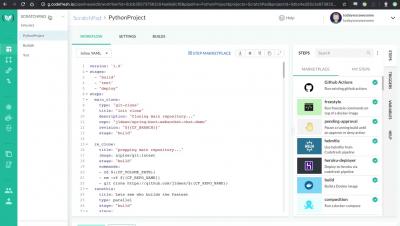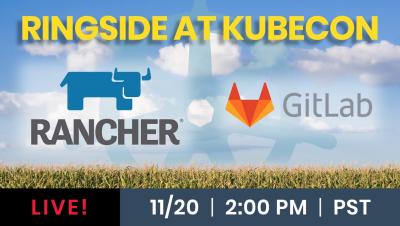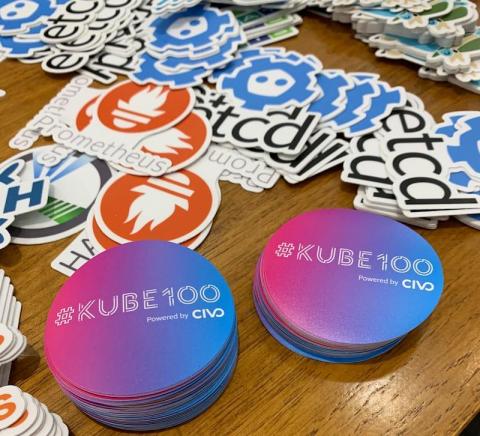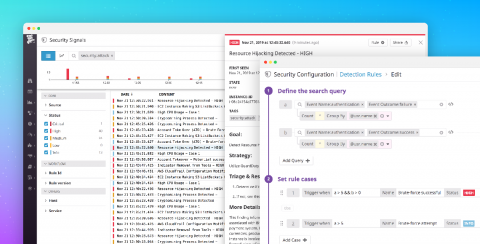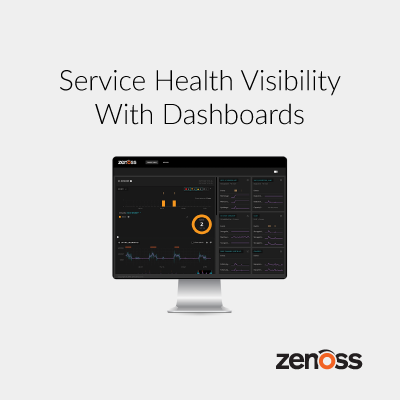Building an agile team's 'safety harness' with cmocka and FOSS
Netdata is made up from agile teams who are deeply committed to improving the usability of our product. We want to respond to our users and introduce in-demand features. Working directly with our community is the best way to make Netdata better. But we face the same the dilemma as all agile teams: How do we do this safely?




